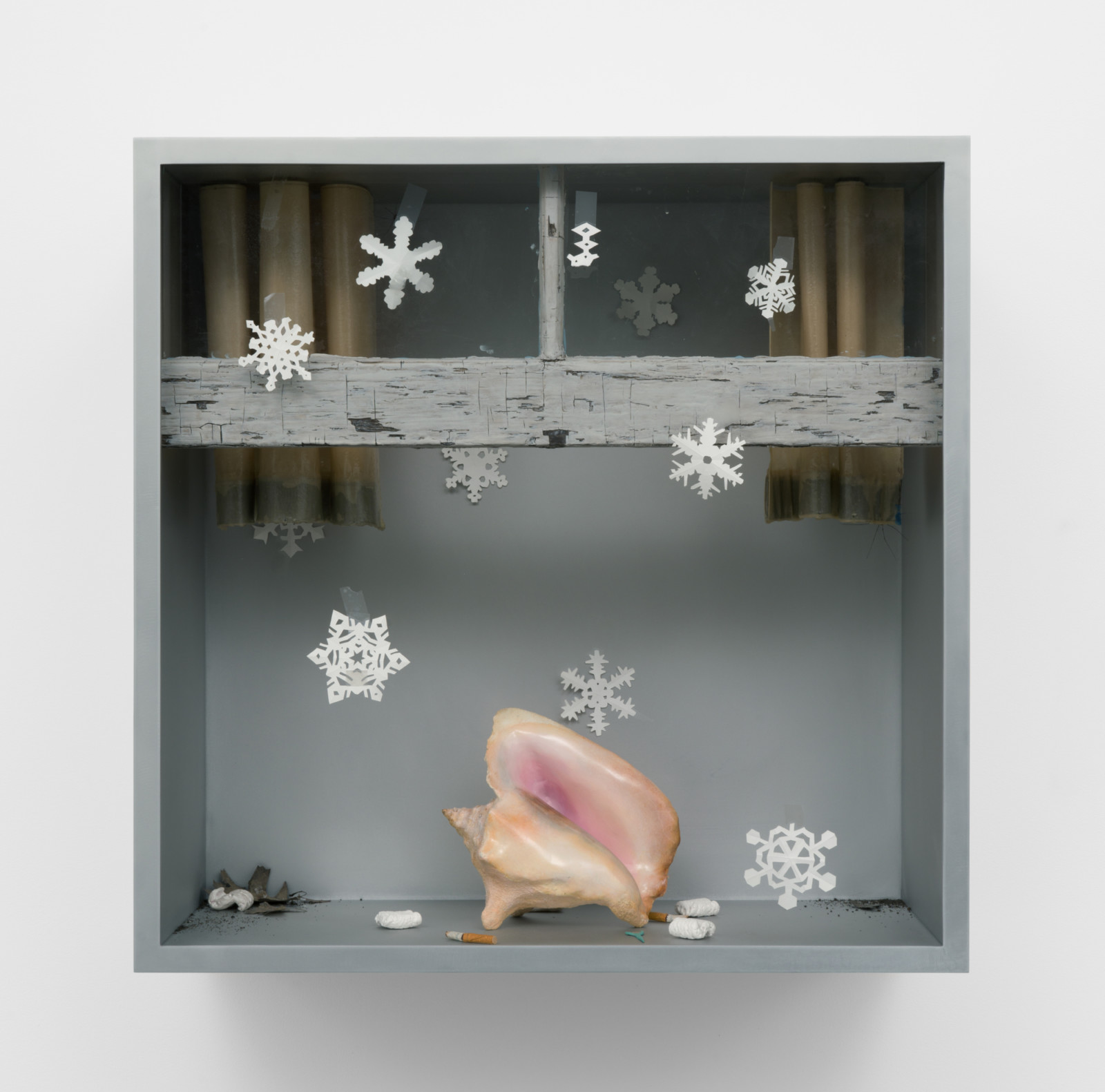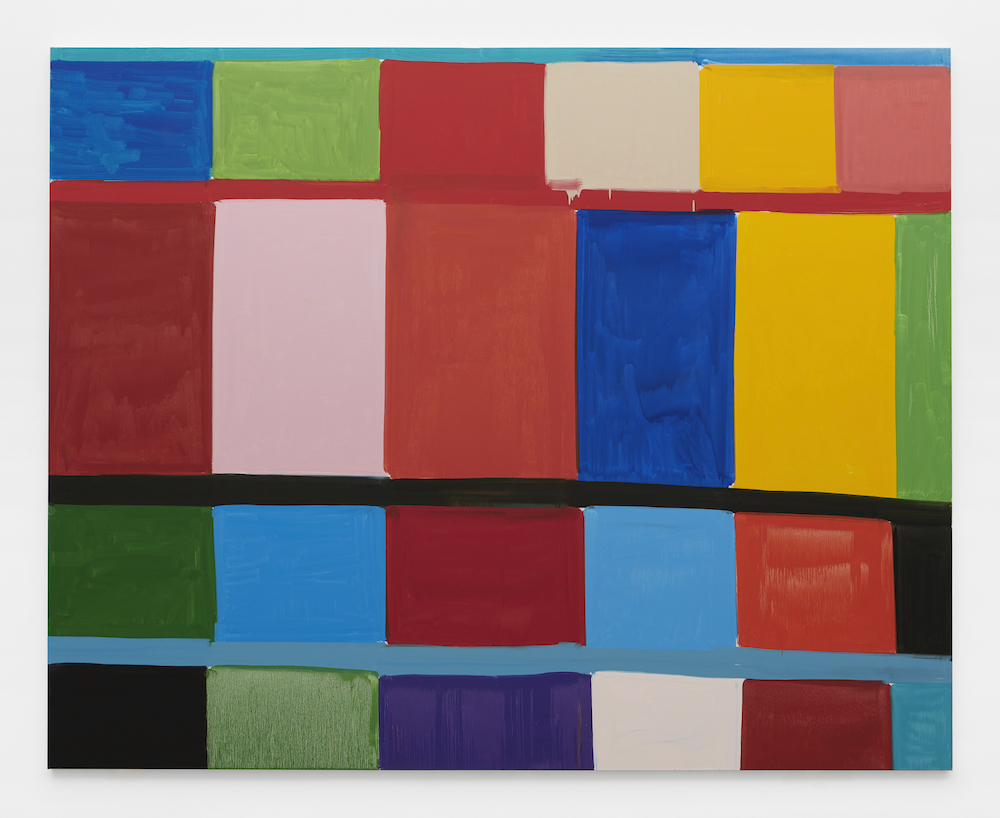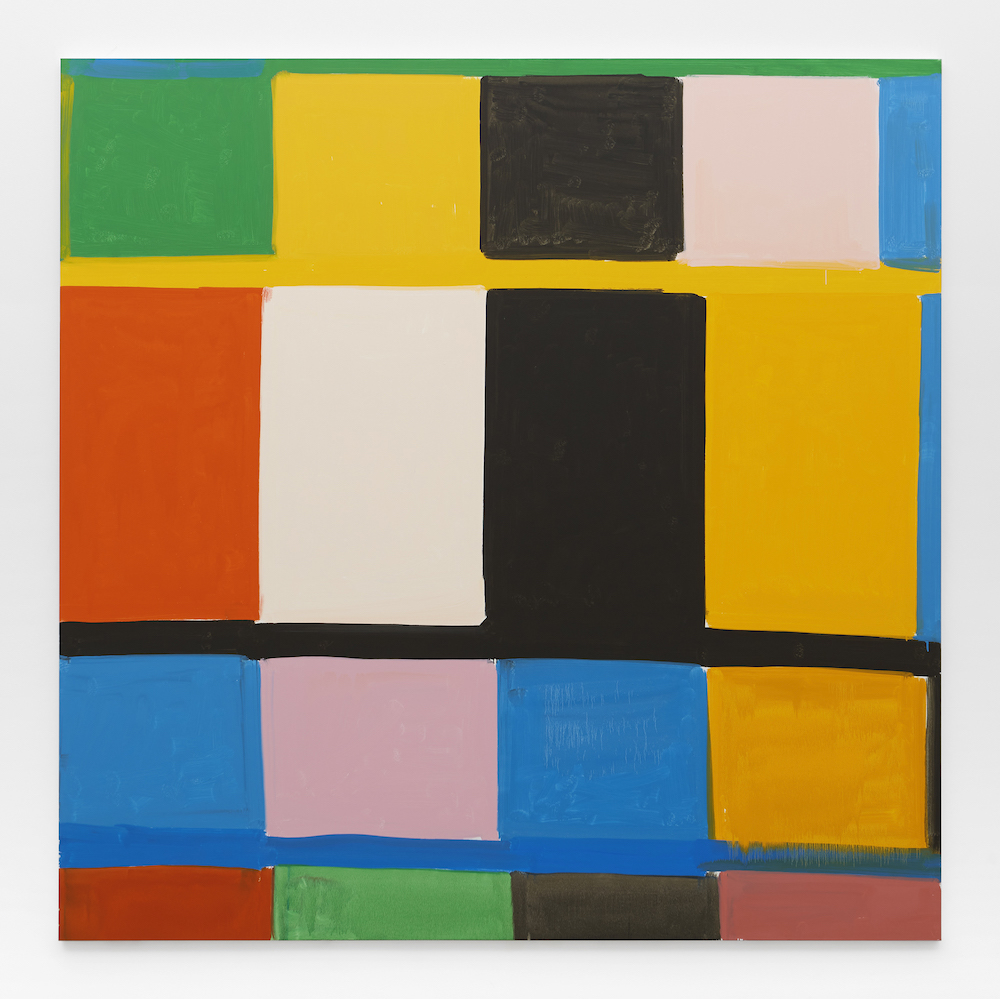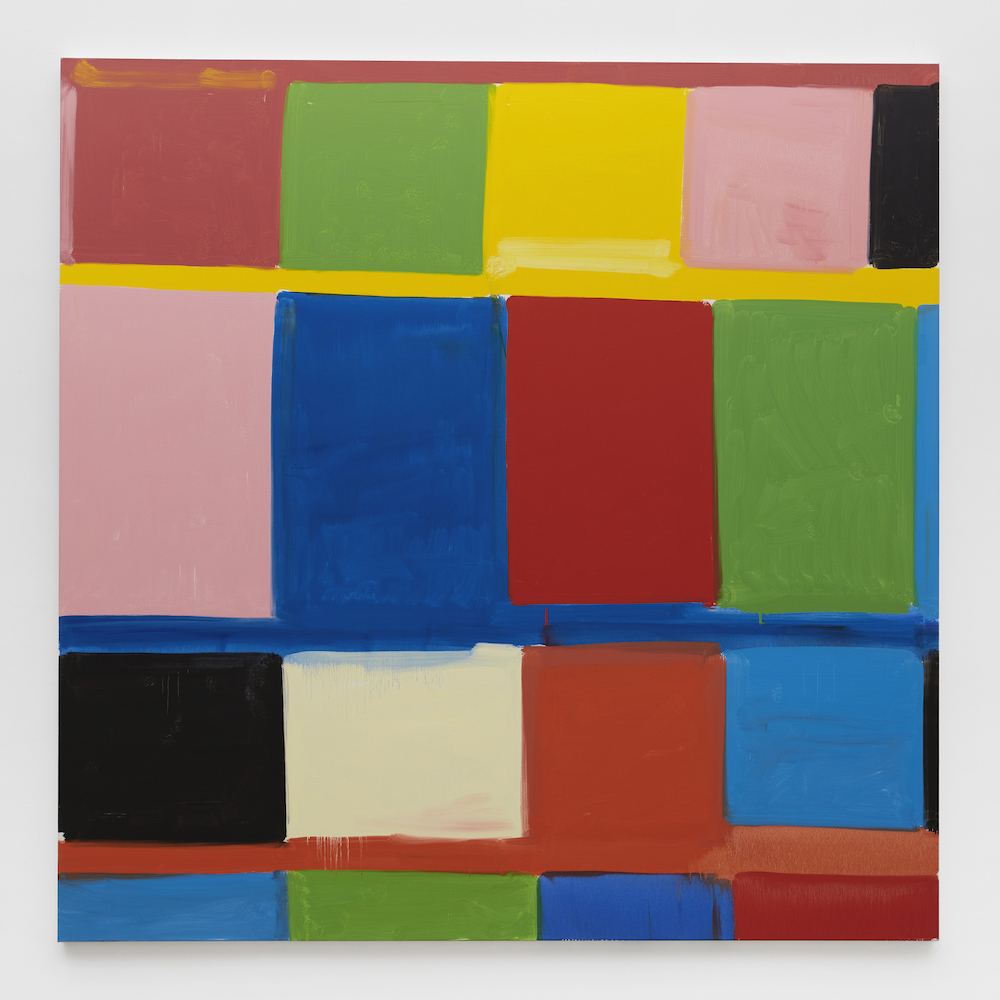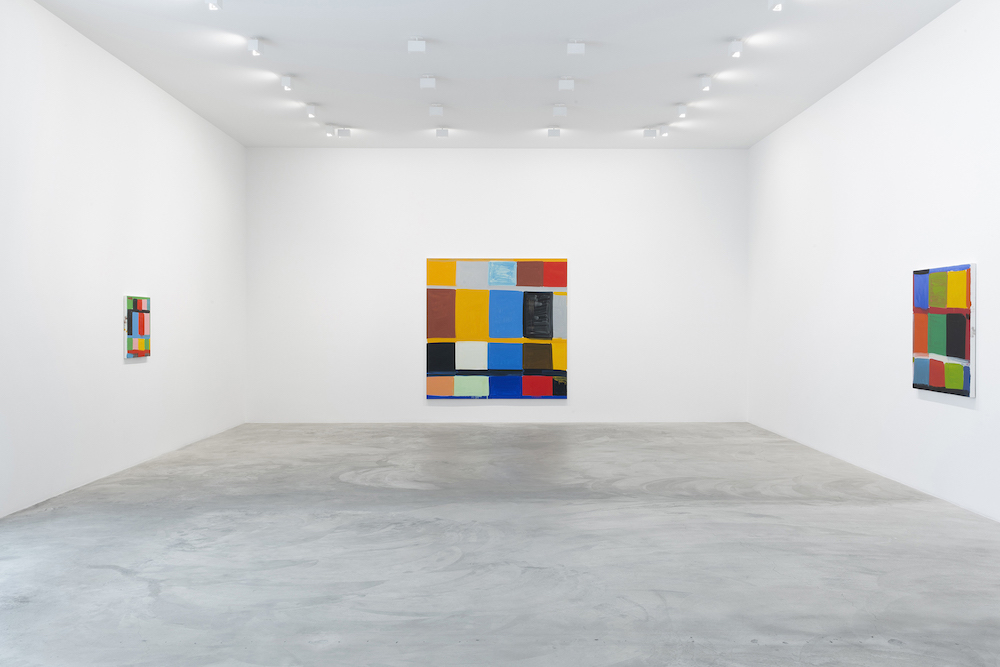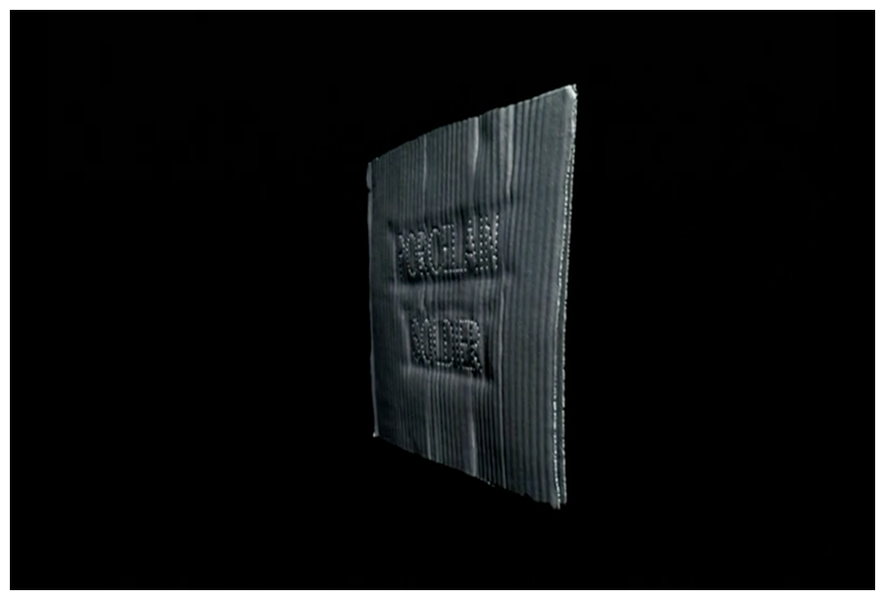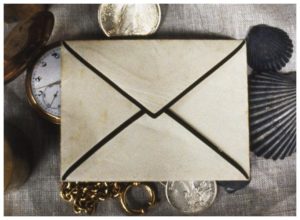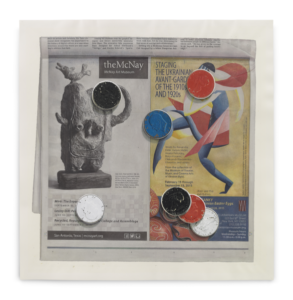Your cart is currently empty!
Tag: Matthew Marks Gallery
-

PICK OF THE WEEK: Vija Celmins / Robert Gober
Matthew Marks Gallery[et_pb_section admin_label=”section”] [et_pb_row admin_label=”row”] [et_pb_column type=”4_4″][et_pb_text admin_label=”Text”]Water flows ceaselessly through the arteries of Robert Gober’s solitary faucet, as if it were a trickling monument to the Sisyphean impossibility of cleanliness. Originally made in response to the AIDS crisis, Gober’s handcrafted sink is recontextualized in the age of Covid-19. Facing it, I resist the impulse to reach out and submerge my hands in its water, CDC guidelines flashing in my mind–to keep your loved ones safe and help prevent the spread of COVID-19, you should wash your hands with soap and water for at least 20 seconds. On the opposite wall, a more recent sculpture completed by Gober during the pandemic depicts a lonely windowsill adorned with cobwebs, packing bubbles, cigarette butts, dental floss, and a conch shell. Paper snowflakes adhered to the pane with scotch tape allude to the flimsy veil between private space and the outside world. As most of us became more familiar with our own windowsills during lockdown, we also became more aware of our patterns of consumption, as waste flowed in and out of our homes like eternally unsatiated drains. I’m confronted with another familiar window on the adjacent wall: the night sky. Vija Celmins’ realist paintings rendered from photographs of the stars are meditations on the passing of time via the emittance of light. There’s a scale shift at play—as dirt and water seem to flow endlessly through our drains, so too does light surge through the universe. I enjoy the idea of dirt as stardust, like glimmering cinders—material remnants of existence itself. Derrida uses the cinder as a metaphor to describe our inability to memorialize the passing of time: “The fire: what one cannot extinguish in this trace among others that is a cinder. Memory or oblivion, but of the fire, trait that still relates to the burning. No doubt the fire has withdrawn, the camouflages, it disguises itself, beneath the multiplicity, the dust, the makeup powder, the insistent pharmakon of a plural body that no longer belongs to itself, there is the essence of the cinder, its cinder itself.”Matthew Marks Gallery
[/et_pb_text][/et_pb_column] [/et_pb_row] [/et_pb_section]
1062 N Orange Grove Ave
Los Angeles, CA 90046
On view through December 23, 2022 -

GALLERY ROUNDS: Stanley Whitney
Matthew Marks GalleryStanley Whitney’s first major solo exhibition in Los Angeles, “How Black is That Blue,” reads like poetry. Utilizing his consistent style of painting “top to bottom,” Whitney’s colorful square works reveal several paintings within each piece. Favoring the asymmetrical, polyrhythmic shapes that he cites in Gee’s Bend quilting, Whitney’s stacked colored rectangles are not neatly packaged. Instead they bleed, drip and scrape, squishing their neighbors and shrinking in size. It is in this sense that his 11 new paintings on view read like poetry, their lines and gestures functioning as punctuation and line breaks, each scrape or nick of exposed white canvas abundant in unspoken meaning.

Stanley Whitney, Sun Moon, 2020 While the paintings are restrained and visibly specific (they feel decidedly finished, in a way I’m not sure I am used to seeing), there is a meditative quality to them. In making these works, Whitney remarks, “When you face the canvas and you’re painting, you have to bring everything to it. […] What comes out of my growing up? What comes out of my Blackness, my maleness, just being a human being? When you’re facing a blank canvas, you need all of these things to make it something.” The result is none of these things, and yet all of them at once accumulating to posit something new, something that looks like this exhibition, where each painting feels like a meditation on being and being in the exhibition is overwhelmingly meditative.

Stanley Whitney, Memory Garden, 2020 Entering the gallery is breathtaking. Each room presents one singular painting — large and mighty in stature — on its own wall. Given ample room these paintings seem to breathe, conversing with one another, each composed of the same parts and yet strikingly different. Whitney is a master of color, evident in his bold usage. Though the paintings are made up of blues, pinks, greens, reds and everything in between, I can be sure to tell you which the “green painting” (Twenty twenty), “yellow painting” (Sun Moon) or “pink painting” (Memory Garden) is.
Though they are boldly multi-hued, as well as significantly sized, they do not appear “colorful” or oppressive but rather muted and pensive. This speaks both to Whitney’s expertise of color and also his understanding of harmony and proportion.

Stanley Whitney, “How Black is That Blue” at Matthew Marks Gallery, 2021 This genre-spanning exhibition takes its influence from many forms — Gee’s Bend quilters as previously mentioned, architecture (look closely and the paintings will start to look like buildings, smartly constructed which, when placed in the context of this exhibition exist as landscapes or cityscapes), and jazz music. The off-beat, whip-smart irregularities of jazz are mimicked in Whitney’s obscure rectangles which have most in common with Beat poets and stream of consciousness method of writing. This exhibition, which can be best described as transcendent, reconciles form and meaning and, alike poetry, surpasses language and the words that construct them.
Stanley Whitney: How Black is That Blue
February 13 – May 8 2021
Images ©Stanley Whitney, Courtesy Matthew Marks Gallery
-

Matthew Marks Gallery:
Paul Sietsema
Paul Sietsema’s works have an aesthetic and intellectual dimensionality and the path through his exhibition is an invitation to put together the pieces of a sophisticated puzzle that juxtaposes the digital and the handmade with a semi-nostalgic nod toward objects from bygone eras.

Paul Sietsema, At the hour of tea (2013), courtesy of the artist and Matthew Marks Gallery. The exhibit spans two separate gallery buildings and includes the short films Abstract Composition, 2014 and At the hour of tea, 2013 in addition to numerous paintings and works on paper. Both films ask viewers to imagine artworks described but not depicted. In the black and white, Abstract Composition a computer-rendered corrugated sign slowly rotates in a blank space. Sietsema has indented words and short phrases describing objects culled from online auction catalogues (such as Porcelain Soldier or Rosewood Game Table) into the surface and for each rotation they appear from the front as well as the back. In At the hour of tea, Sietsema’s camera pans across tableaus of objects honing in on the color, texture and details before cutting to an envelope and then a blank piece of old fashioned writing paper onto which fragmented descriptions of a painting that is not shown in the film, appear. His inclusion of reversed text and appropriated descriptive language suggests that reading is different from looking and imagining.

Paul Sietsema, Painted coins (Ukrainian avant-garde) (2016), courtesy of the artist and Matthew Marks Gallery. Complementing the films are meticulously rendered monochromatic paintings of a dial telephone (in white) and a spill of green paint as well as enlarged hand crafted replicas of New York Times pages. In Vertical newspaper (thin green line), Figure ground study (50/50), and Painted coins (Ukrainian avant-garde) (all 2016) Sietsema has depicted the newspaper pages as flat grounds dotted with strategically placed coins and a paint can and stirrer with Trompe l’oeil precision. Though much of these carefully chosen pages are smeared and obscured, Sietsema leaves some visible content. By choosing to juxtapose pages with advertisements about art and money with actual coins, Sietsema overtly alludes to commerce while acknowledging his complicity in this exchange. Sietsema uses tropes from art history and media culture to explore both the making of art and the marking of time in works that resonate on multiple levels.
Paul Sietsema, September 24 – December 23, 2016 at Matthew Marks Gallery, 1062 North Orange Grove and 7818 Santa Monica Boulevard, Los Angeles, CA, www.matthewmarks.com
